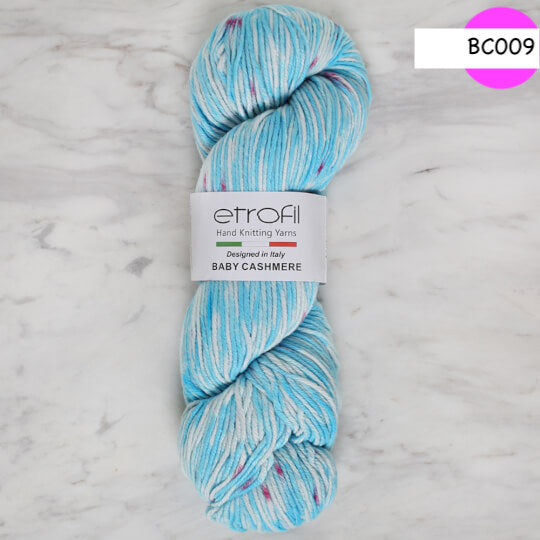How to Maintain Your cashmere Garments and Keep Them Fresh
How to Maintain Your cashmere Garments and Keep Them Fresh
Blog Article
Discover the Attraction of Cashmere an All-natural Fiber: Why It's a Must-Have in Your Closet
The appeal of cashmere, a deluxe all-natural fiber, goes beyond plain aesthetic appeals. From reviewing its interesting origin to recognizing its manufacturing procedure, quality, and treatment, it's worth exploring why cashmere holds such an unique area in the globe of fabrics.

The Beginning and History of Cashmere: A Short Introduction
While many might check out cashmere as an easy deluxe, its history is soaked in rich social tradition. Stemming from the Kashmir region in India, cashmere wool has actually been produced for thousands of years. The fiber is acquired from the soft undercoat of cashmere goats, harvested throughout their molting period.
Comprehending the Unique Characteristics of Cashmere Fiber
While various other products might put on down over time, cashmere preserves its top quality, making certain durable wear. Cashmere has an one-of-a-kind visual charm. Recognizing these properties clarifies why cashmere is not just a deluxe, yet a rewarding financial investment for any type of wardrobe.

The Refine of Producing Cashmere: From Goat to Garment
To value the luxurious residential properties of cashmere completely, one must recognize its journey from the raw fiber to the completed item. The process begins with the cashmere goats, mainly located in Mongolia, China, and Iran. The soft undercoat of these goats, harvested during their natural molting period in springtime, provides the raw product. This delicate fiber is then very carefully divided from the coarser external hair in a labor-intensive procedure called dehairing. The pure cashmere is then dyed, rotated into thread, and finally knitted or woven into the desired garments. Each action is diligently executed to preserve cashmere's noteworthy heat, gentleness, and sturdiness. This detailed procedure results in the creation of a truly glamorous material.

Decoding the High Quality and Rate: Why Is Cashmere so Expensive?
Cashmere stems from the great undercoat of the cashmere goat, with each goat creating a simple 150 grams annually. The processing of raw cashmere requires both time and proficiency, with the fibers needing to be read here meticulously arranged, see page washed, and spun. These factors incorporated make cashmere a pricy yet highly in-demand asset in the world of fashion.
Cashmere in vogue: The Convenience and Ageless Allure
Regardless of its high price, the ageless charm and flexibility of cashmere have actually strengthened its place in the realm of fashion. The functional nature of cashmere allows for its combination right into both formal and informal attire, symbolizing its wide allure. As trends come and go, cashmere remains a continuous, its attraction undiminished, proceeding to shape the fashion and inspire market's landscape.
Caring for Your Cashmere: Upkeep and Conservation Tips
Making certain the longevity of cashmere garments requires particular care and interest. These valued properties need to not be thrown right into the cleaning machine with regular laundry. Rather, hand cleaning with mild, pH-neutral soap in warm water is suggested. After cleaning, they need to not be wrung out. Rather, they need to be delicately pushed in between towels to soak up excess water, then laid flat to dry. Regular brushing with a cashmere comb can prevent pilling. Storing these things in a cool, dry area, ideally in a breathable bag, can shield them from moths and moisture (is cashmere a natural fiber). A periodic airing outside, away from direct sunlight, can refresh the fibers. With these maintenance and preservation pointers, one can guarantee their cashmere stays luxuriously soft and long lasting.
Verdict
Cashmere, with its unparalleled soft qualities and heat, offers both high-end and durability. Discover the appeal of cashmere and raise your fashion arsenal.

Report this page